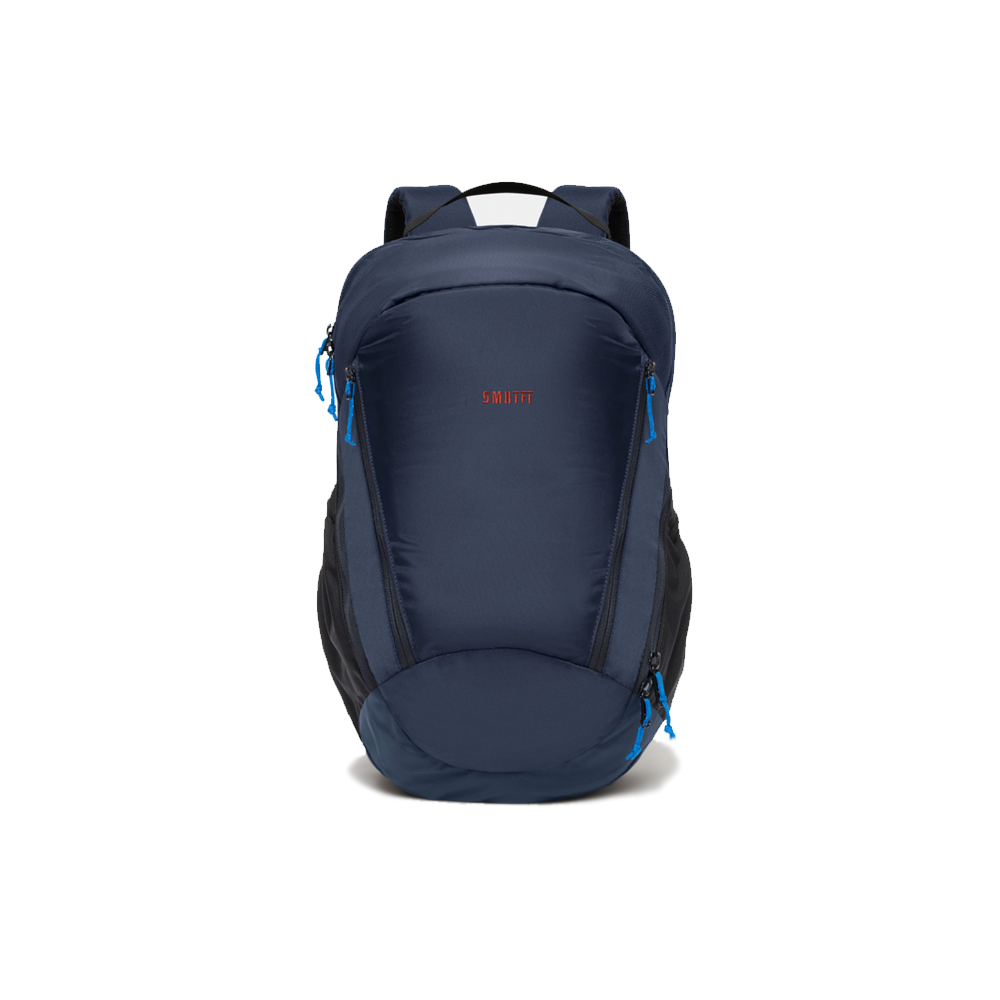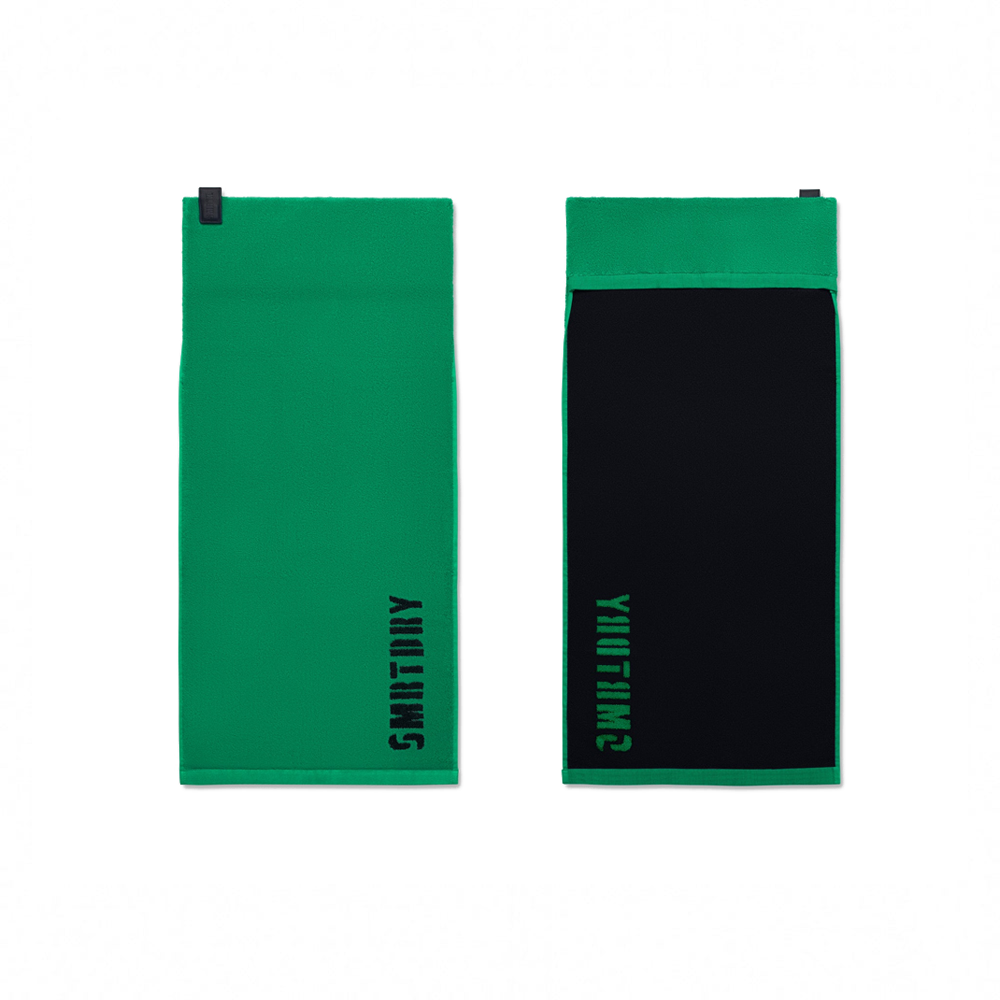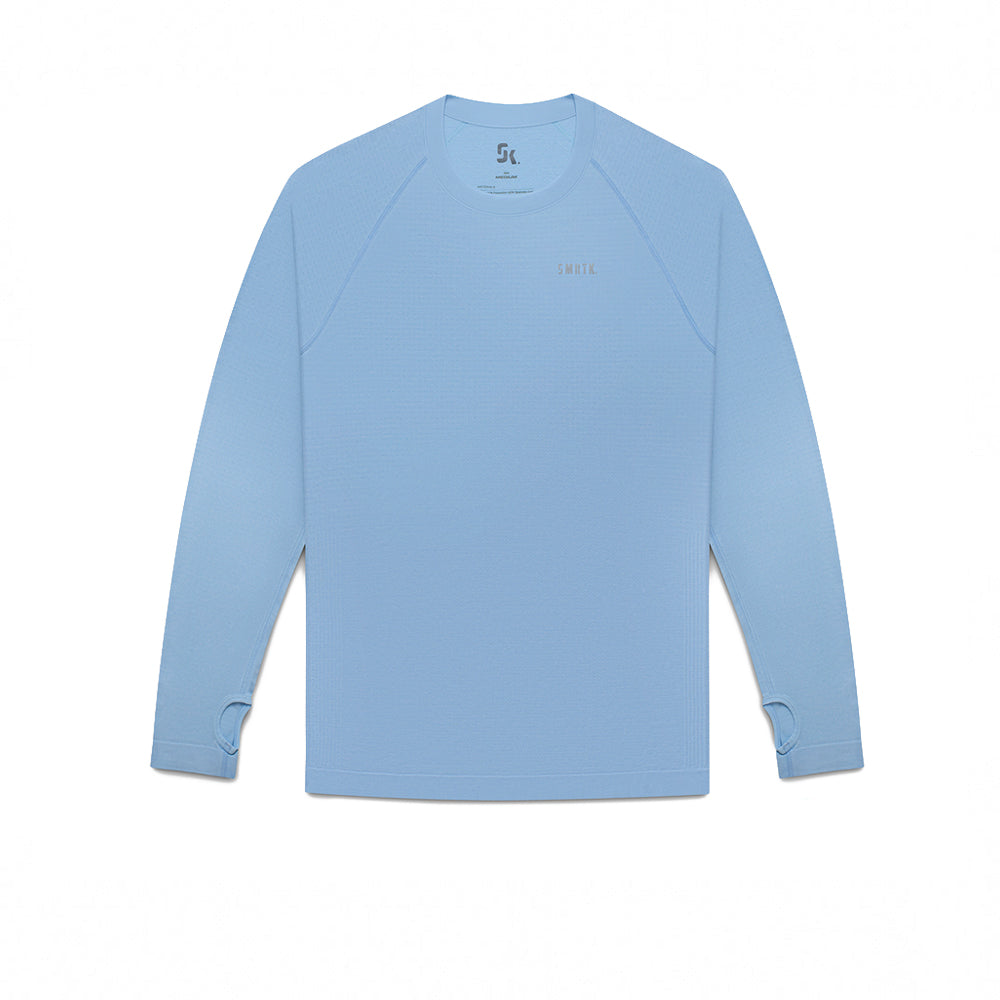by Dezi Abeyta, RD | Nutrition Writer | SMRTFT
By now, you've probably heard the word: microplastics (MP). It sounds like clickbait, and it feels like one of those internet health trends meant to distract. But here's the uncomfortable truth: we're only just beginning to understand the depth of this issue.
You're not crazy for being concerned about whether your water bottle or takeout container is doing more harm than good. You're also not crazy for wanting real answers. So, let's break this down.

Microplastics are tiny plastic particles measuring less than 5 millimeters, often formed when larger plastics break down in the environment. We've now found them in drinking water (bottled and tap), soil, sea salt, seafood, and yes, even inside the human body.
A 2024 study published in Nature Medicine reported the discovery of microplastics and nanoplastics embedded in human brain tissue, suggesting that these particles can cross biological barriers once thought to be impenetrable. These particles can be inhaled (airborne dust) or enter you on contact (plastics in food packaging). Or . . . you can ingest them.
ARE MICROPLASTICS A HEALTH RISK?
We're still learning. But they can cause several issues according to studies, including:
1. Inflammation & Oxidative Stress Animal and in-vitro studies reveal markers of oxidative stress, which are linked to long-term inflammation and an increased risk of chronic disease.
2. Endocrine Disruption Plastics often carry compounds like bisphenol A (BPA) and phthalates, which are known endocrine disruptors. These compounds can interfere with hormone signaling, especially in reproductive and thyroid systems.
3. Possible Links to Fertility & Brain Health That same Nature Medicine study noted the presence of nanoplastics in the brain tissues of deceased individuals. That’s more causation than correlation – but keep an eye on this.

HOW YOU SHOULD ADJUST
Don't upend your entire life yet. But you can do several things to limit your exposure, most of which involve tweaking several food habits.
1. Ditch single-use plastics (think: cheap tupperwares) when you can. Use glass, stainless steel, or silicone. And avoid microwaving food in these containers even more. Heat accelerates breakdown.
2. Choose filtered tap water over bottled. Studies show that bottled water can contain twice the microplastic content of tap water.
3. Buy fewer synthetics Polyester and nylon shed plastic microfibers during every wash.
4. Look for "plastic-free" or "microbead-free" skincare products.
THE LAST WORD
Microplastics are here. They're in our food systems, our bodies, and now, our research. Don’t panic, but do pay attention. And when in doubt, follow Yale's Climate Connections:
1. REFUSE: Say no to unnecessary single-use bags, straws, and packaging) where you can.
2. REDUCE: Buy less, choose better, especially when it comes to food, water, and personal care products.
3. RETHINK: Plastic recycling. Instead, support policies that reduce plastic production and require labeling of harmful additives.
This is a long game. One where we continue to learn, adapt, and build habits that align with longevity, performance, and environmental responsibility.











